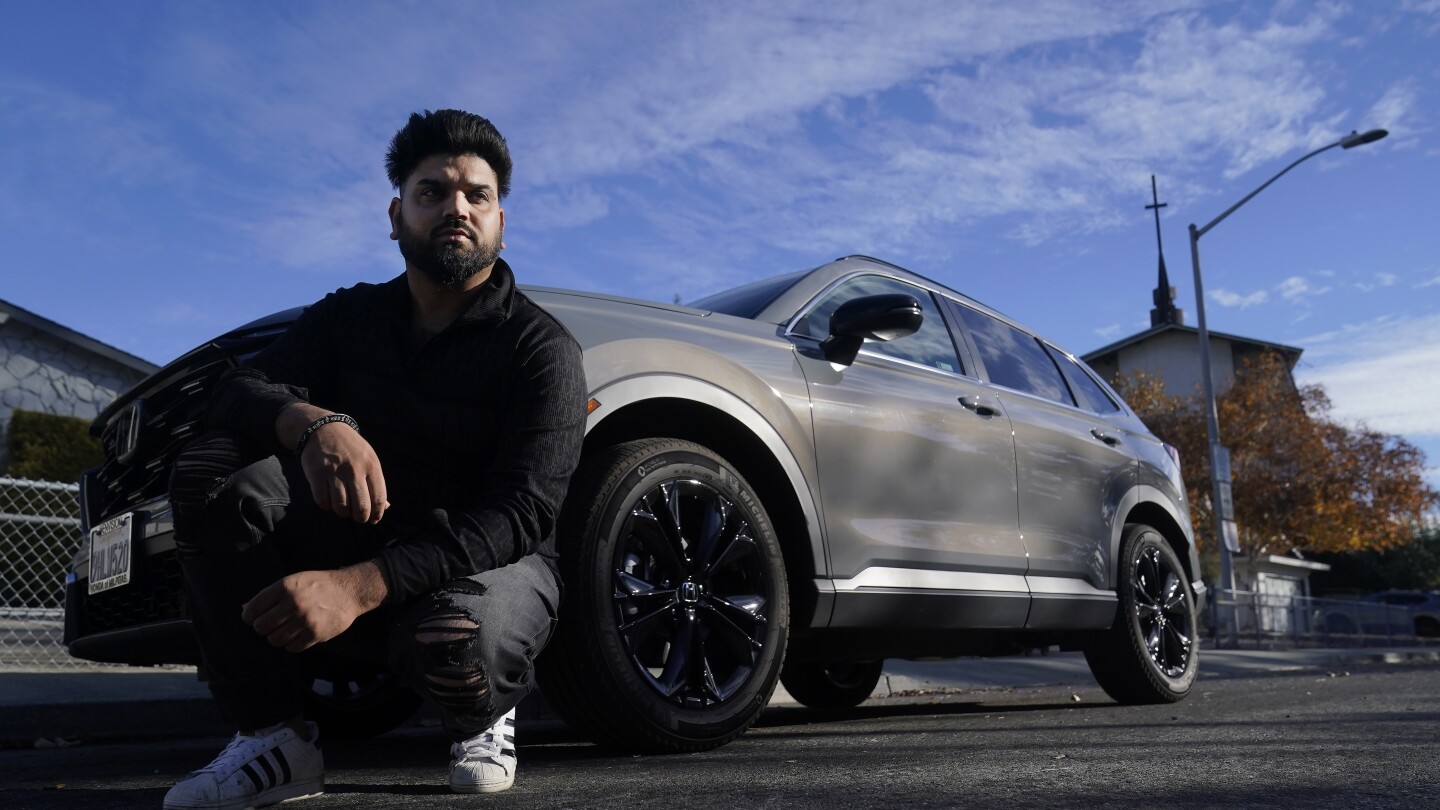America’s automakers have staked their futures on the notion that electric vehicles will dominate sales in the coming years, spurred by buyers determined to reduce carbon emissions and save on fuel.
But so far, while EV sales are growing, their pace is falling well short of the industry’s ambitious timetable for transitioning away from combustion engines. Instead, buyers are increasingly embracing a quarter-century-old technology whose popularity has been surging: The gas-electric hybrid, which alternates from gas to battery power to maximize efficiency.
So far in 2023, Americans have bought a record 1 million-plus hybrids — up 76% from the same period last year, according to Edmunds.com. As recently as last year, purchases had fallen below 2021’s total. This year’s figures don’t even include sales of 148,000 plug-in hybrids, which drive a short distance on battery power before a gas-electric system kicks in.



No. Because the reality is that no one is going to charge their hybrid electrically and just uses the combustion engine instead. And as I said already, the EV parts have to carry the combustion engine parts of the car and the combustion engine parts have to carry the EV engine parts of the car, making both variants less efficient than their pure counterparts. Like I said, we’ve been through this exact scenario already for many years over here. If you have the choice between a hybrid and a pure EV, go for the pure EV. Or better, see if you can drop your cage entirely if possible.